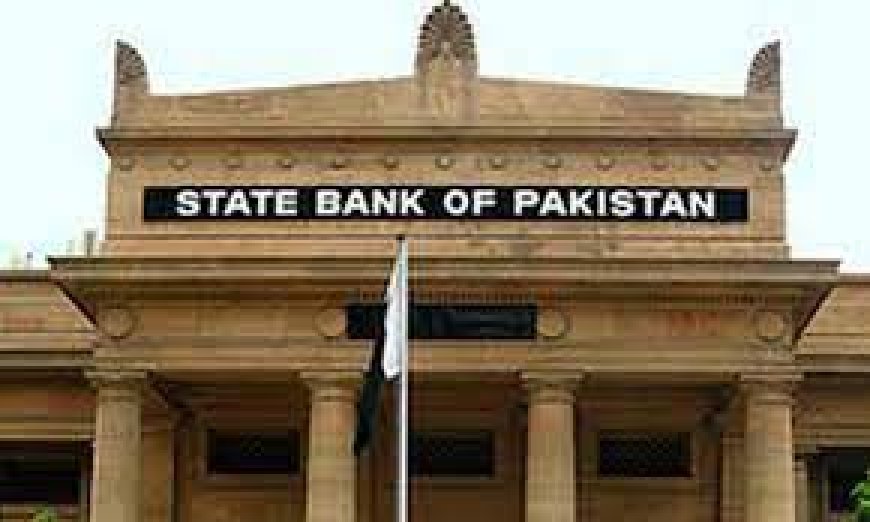State Bank Reports Rs751 Billion Profit Decline in FY25
The State Bank of Pakistan (SBP) reported a Rs751 billion profit decline in FY25 due to rising debt servicing costs, lower forex earnings, and high operational expenses. Learn more about causes, impacts, and future outlook.

The State Bank of Pakistan (SBP) has reported a massive decline of Rs751 billion in its profit for the fiscal year 2025 (FY25), marking one of the steepest drops in the central bank’s financial performance in recent years. The fall comes amid a challenging economic environment, rising debt servicing costs, and reduced earnings from foreign exchange reserves.
-
Profit Decline: SBP profit falls by Rs751 billion in FY25
-
Primary Causes:
-
Increased interest payments on government borrowings
-
Falling returns on foreign exchange reserves
-
Rising operational expenses
-
Impact on Budget: Lower SBP profits mean reduced non-tax revenue for the federal government
-
Economic Context: High inflation, rupee volatility, and fiscal pressures continue to weigh on the economy
The central bank’s profit largely comes from interest income on government lending, returns on foreign currency reserves, and earnings from open market operations. However, in FY25, several factors led to a significant downturn:
Higher Debt Servicing Costs
The government’s increased reliance on domestic borrowing to finance its budget deficit pushed up interest expenses, reducing the SBP’s net income.
Lower Returns on Foreign Reserves
Due to global interest rate adjustments and weaker investment opportunities, earnings from foreign exchange reserves dropped considerably.
Rupee Depreciation Impact
The volatile exchange rate led to valuation losses on foreign assets, further squeezing the SBP’s profitability.
Operational Expenses
Rising administrative and operational costs added extra pressure on the central bank’s balance sheet.
The State Bank’s annual profit is a significant source of non-tax revenue for the federal government. A sharp Rs751 billion reduction in profit is expected to:
-
Increase the government’s budget deficit
-
Create pressure to raise additional revenues through taxation
-
Limit fiscal space for development spending
Economists believe the decline highlights structural issues within Pakistan’s fiscal and monetary framework.
“This profit drop underlines the unsustainable debt dependency and shrinking fiscal space. The government must prioritize revenue generation and expenditure control to stabilize the economy,” said Dr. Asad Malik, a senior economist based in Karachi.
Despite the current decline, the SBP is expected to:
-
Maintain a tight monetary policy to control inflation
-
Improve reserves management to enhance returns
-
Support economic stabilization efforts in collaboration with the federal government
However, analysts warn that without comprehensive fiscal reforms, central bank profitability may remain under pressure in the coming years.
The State Bank of Pakistan’s Rs751 billion profit decline in FY25 highlights the severe economic challenges facing the country, including rising debt, volatile exchange rates, and shrinking non-tax revenues. As Pakistan works towards macroeconomic stability, improved fiscal management and structural reforms will be critical to reversing this downward trend.

 Mohammad Adil
Mohammad Adil